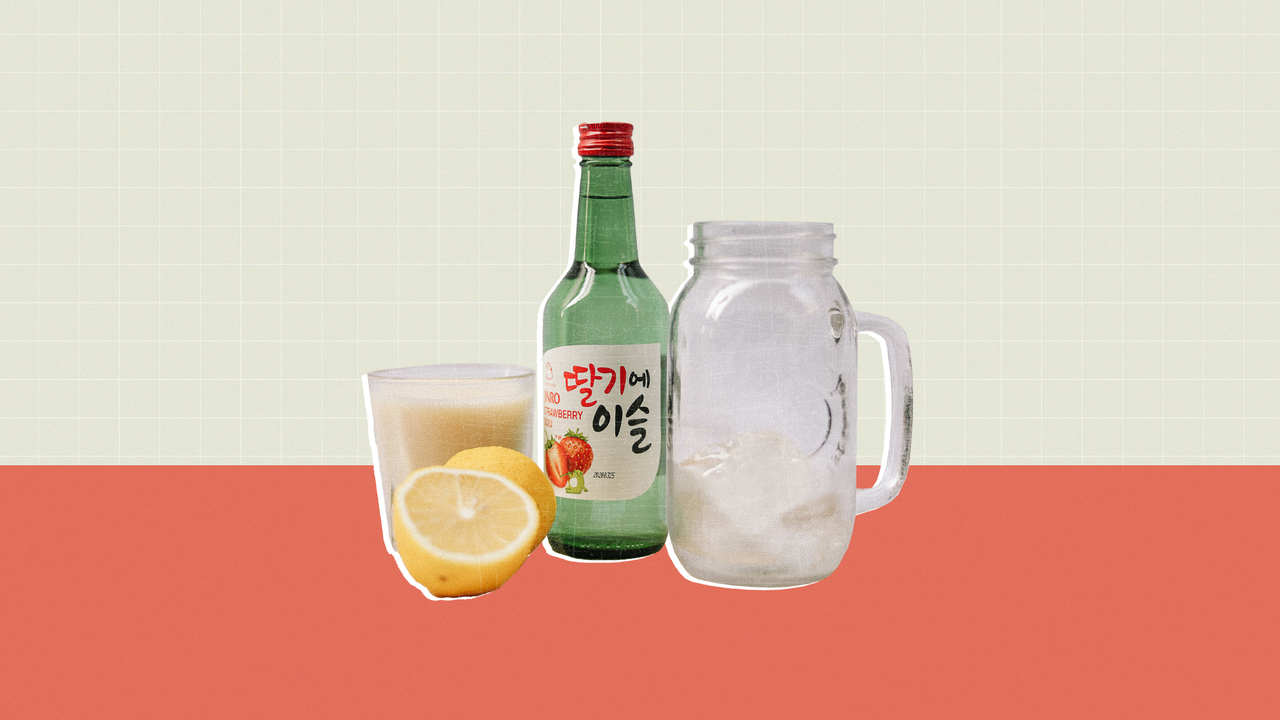The couple was impressed by the popularity surge of Korean cuisine, but noticed that there was a limited amount of premium soju to drink with it at restaurants. The premium brands can range from $20 retail for a 750 ml (or 25 ounce, which is about twice the amount of a classic Chamisul bottle) to $50 in a restaurant. Jinro chamisul traditional soju is mild, fruity, refreshing and exceptionally easy. Jinro Chamisul is the most well-liked soju, however for soju aficionados, there are premium manufacturers similar to Hwayo and Yobo which can be made from “premium rice” in line with their advertising and marketing materials. You’ve kind of acquired chamisul traditional. “I drank Chamisul in college,” she stated. In faculty, I drank beer like everybody else. You will discover this iconic Korean drink in traditional alcohol bars, they usually serve many different Korean liquors like Takju, Makgeolli, and Cheongju. There's also chungju, a fermented rice beverage that's comparable to sake, and makgeolli, a cloudy, milky, unfiltered rice brew. Shochu is much like soju, however like sake, it originated in Japan. You may press this out into Sake, or various forms of rice wine, otherwise you might distill the alcohol from it to make Baijiu, Shochu, or Soju.
 Sake is brewed as a rice wine, whereas soju is distilled - primarily making it rice whiskey. Soonhari Apple Mango Soju is a clear colorless distilled spirit native to Korea, made from rice, potatoes, sweet potatoes or tapioca and infused with Apple Mango flavors. The soju gives it a fermented style, however aside from that, it’s simply sweet. The vibrant, sweet boquerones toast. Soju is quite well-liked even in other nations as nicely. Hill makes a standard recipe using chapssal, a sticky, sushi-grade natural rice, as well as a wild yeast called nuruk-no chemicals, sugars or additives. This particular spirit is created utilizing small batch distillation. Once the cork popped off, you’d tap the base the bottle together with your elbow, adopted by a swift hit with the webbing between your middle and pointer fingers to launch a small splash of liquid, supposedly to launch the unwanted chunks of cork from the bottle. In terms of potency, Jinro traditional soju is 20% alcohol and falls someplace in the midst of the spectrum of all alcoholic beverages. It’s inexpensive and tastes nice when combined with varied drinks. Good Day's Calamansi (a hybrid citrus fruit) flavour is sweet, bitter, tangy, and nice to get a celebration started.
Sake is brewed as a rice wine, whereas soju is distilled - primarily making it rice whiskey. Soonhari Apple Mango Soju is a clear colorless distilled spirit native to Korea, made from rice, potatoes, sweet potatoes or tapioca and infused with Apple Mango flavors. The soju gives it a fermented style, however aside from that, it’s simply sweet. The vibrant, sweet boquerones toast. Soju is quite well-liked even in other nations as nicely. Hill makes a standard recipe using chapssal, a sticky, sushi-grade natural rice, as well as a wild yeast called nuruk-no chemicals, sugars or additives. This particular spirit is created utilizing small batch distillation. Once the cork popped off, you’d tap the base the bottle together with your elbow, adopted by a swift hit with the webbing between your middle and pointer fingers to launch a small splash of liquid, supposedly to launch the unwanted chunks of cork from the bottle. In terms of potency, Jinro traditional soju is 20% alcohol and falls someplace in the midst of the spectrum of all alcoholic beverages. It’s inexpensive and tastes nice when combined with varied drinks. Good Day's Calamansi (a hybrid citrus fruit) flavour is sweet, bitter, tangy, and nice to get a celebration started.
He additionally stated that Yobo Soju has been “a nice asset,” filling a void left by the much less refined variations of soju that Oiji previously provided. When Oiji first opened, the restaurant carried Jinro soju, but general supervisor Max Soh determined to take away it after prospects unfamiliar with the Korean liquor almost gagged. To brew your own soju, it is best to first soak 2 cups of white rice in water for one hour, then steam. The soft preliminary flavor mixed with the peppery end makes this one version of soju you’ll take pleasure in sip after sip. Made from grapes, Yobo Soju has a delicate flavor profile with some fruitiness at first taste. My first impression was that it tasted like cheap vodka. “But something like Yobo is totally new and different. Kim worked nights and weekends on Yobo Soju for over a year and launched the product last fall in a tender-launch, testing it out with select eating places and boutique retailers in New York. For now, Yobo Soju is only obtainable in New York.
Restaurants that need to serve soju don’t have to apply for (or pay for) costly liquor licenses in New York and California. Kim and her husband, James Kumm, worked with a craft distillery in upstate New York to search out the perfect filtration. Cringing, Kim remembers the awful hangovers and “soju body aches” she suffered from these green bottles. “We went back and forth,” Kim stated. But some new producers are trying to place a finer point on it, both by harking back to its roots and with innovation. However, the allure of soju keeps grappling me again in (or perhaps that’s just my semi-alcoholic side speaking). However, some corporations have been promoting fruit flavored varieties similar to peach, watermelon, apple, and grape. Like vodka, it’s a impartial liquor, which means it doesn’t have a robust style, yet because of its lower alcohol share, it doesn’t have the tough burn related to different liquors. So, what's soju and why do Koreans prefer it a lot? So, soju now seems on extra menus and on more liquor store shelves than ever earlier than. I had it there within the late 80s. I believe that the "Tok" that they've now is analogous.












0 komentar:
Posting Komentar